Experiencing incontinence can be scary and embarrassing. Finding out you have the condition can bring about a range of problems you have never had before.
There are many factors you will be worrying about as a teenager with incontinence, such as “how do I survive a School day?”, “where do I find a discreet product?”, “am I the only teenager with incontinence?” If you are worried that you are the only teenager experiencing this problem, you should remember that 3 percent of 15-16-year-olds experience regular daytime wetting. Another longitudinal study of children with constipation showed that one-third of children followed up beyond puberty, continued to have the condition.
As teenagers often refrain from talking about the condition, they are likely to be reluctant to seek advice. However, incontinence causes reduced self-confidence which can severely reduce quality of life. You should therefore be proactive and do something about the condition, rather than simply ignoring it or accepting it.
Read our tips for managing teenage incontinence below:
1. Contact Useful Services
There is no need to tell the friends around you about your condition if you are uncomfortable, however, it is important to use the continence services that are available. There are professional continence services available who can offer confidential help. If your school has a nurse drop-in clinic, it can be invaluable to visit them for tips on how to manage incontinence at school. Youth information services can also be useful, as they will be experienced in providing useful information anonymously to youths.
It is also vital to tell a Doctor about your incontinence. If you haven’t had incontinence since childhood and are unaware of the reason, it is vital to find out the underlying cause. You shouldn’t worry about this, as the cause may something as little as having too much caffeine in your diet or it may be caused by stress. However, you need to know if there is a serious issue causing this that can be treated.

2. What Kind of Incontinence is it?
There is more than one type of incontinence. See which one of the following descriptions sounds familiar:
Stress Incontinence: Stress Incontinence is the involuntary leakage when the pelvic floor muscles are put under pressure. You may leak during exercise, coughing or lifting heavy objects, for example.
Urge Incontinence: Urge incontinence is the overwhelming urge to urinate, which often results in leaking before reaching the bathroom.
Overflow Incontinence: Overflow incontinence occurs when it feels as though the bladder can never fully empty. This results in leaking even when you have just visited the toilet, and always feeling as though the bladder is full.
Faecal Incontinence: Faecal incontinence is when you lose control over the defecation of faeces.
Nocturnal Enuresis: This is the experience of involuntary leakage during the night, or the excessive need to visit the toilet which disrupts your sleeping pattern
3. Find an Ideal Product
You should not be put off investing in incontinence products due to fear of having to wear a “bulky nappy”. The incontinence market now offers products that are specially designed to provide discretion and help you maintain your dignity. Do not settle for using a menstrual product to manage incontinence, as they are not absorbent enough to manage incontinence.
If you have light/stress incontinence…
If you are experiencing light leaks, your condition can be managed by pads and pads with a low absorbency rating. You do not need to spend unnecessary money on superabsorbent all-in-one products. There are shaped pads available that are designed to fit the female or male anatomy, providing outstanding discretion. Unlike pants or diapers, pads can be inserted into the pants and can be removed once they are used.
You also have the option of choosing pads named “insert pads”, which are often rectangular in shape and are used by both men and women. It is recommended that you wear these pads inside net pants, pouch pants or fixation pants for a close body fit.
If you prefer the feel of wearing stretchy pants to a pad, you can purchase pull up pants, which can be worn just like normal underwear. These pants are ideal if you lead a very active lifestyle, as they provide freedom of movement, however, are harder to take on and off than pads. They are also a perfect alternative if you find that pads move around in your normal underwear. Many pull up pants feature odour protection technology to reduce the risk of unpleasant.
Booster pads are used to increase product absorbency if your pull up pants are not providing you with the protection level needed. You can stick these securely in the crotch or bowel area of the core absorbent incontinence product.
If your incontinence is heavier…
Do not worry if you are suffering from heavy leaks, there are useful products available that can make the condition easier to live with.
You have the option of wearing incontinence pants, a super absorbent pad or all-in-one briefs. If you lead an active lifestyle and require the most discreet option, adult pull up pants are a good option for you. They are elasticated at the waist and legs to give you optimum protection. Pull up pants are designed from soft, multi-layered absorbable fabrics that protect you from moisture and unwanted odour. You should look for pull up pants with the “Maxi” absorbency level for successful protection.
If you are less mobile, all in one products are ideal for you. They are often belted, providing security and an excellent fit. These products are easier to put on and take off than pull up pants, however, are often more absorbent.
You can also purchase pads with a “Maxi” absorbency rating if you would prefer to wear heavy incontinence pads under normal underwear.

Recommended Teenage Products
TENA Comfort Mini
- Small and Discreet
- Body Shaped
Range from £2.85 to £6.12
Shop on Incontinence Supermarket
4. Lifestyle changes can make all the difference!
Small changes can make living with incontinence much easier to handle. Have a look at the following lifestyle tips:
Reconsider that Outfit
Before you go to school in a brand new outfit feature lots of zips and buttons, it is vital to think about whether you can reach the bathroom quickly. Opting for simple clothing that is easy to take on and off can make your day much less stressful
Cut down on known irritants
Certain foods and liquids are known to worsen incontinence. These include caffeine, dairy, spicy foods and citrus fruits. Instead of choosing a coffee to sip whilst doing your homework, opt for a cold refreshing drink instead
Stay hydrated
It can be tempting to drastically cut down on the number of liquids and food you consume, however, this can be incredibly dangerous. It is particularly important to ensure you drink enough water. Stopping drinking water can cause severe dehydration which can irritate the bladder further. Aim to drink between 6-8 glasses of water a day.

5. Do not stop doing the things you love!
Whether you are worried about incontinence when running, socialising or going to a party…incontinence should not stop you from living your life. There is a way around doing your day to day activities with incontinence, and looking for advice can increase your quality of life.
Talk to a Doctor and learn as much as possible about incontinence on our forum and website. It can be managed with the right products and knowledge!

Recommended Teenage Incontinence Products
Lille Suprem Form
- Hypoallergenic
- Body contoured incontinence pads
- Ideal for light incontinence
Range from £6.50 to £7.90
Shop on Allanda
Lille Suprem Form
- Hypoallergenic
- Body contoured incontinence pads
- Ideal for light incontinence
Range from £6 to £7.15
Shop on Incontinence Supermarket
Attends Pull Ons
- Close fit and discreet
- Feel like normal underwear
Range from £6.50 to £7.90
Shop on Allanda
Attends Pull Ons
- Close fit and discreet
- Feel like normal underwear
Range from £10.11 to £21.19
Shop on Incontinence Supermarket
Originally posted 2018-03-09 12:06:59.

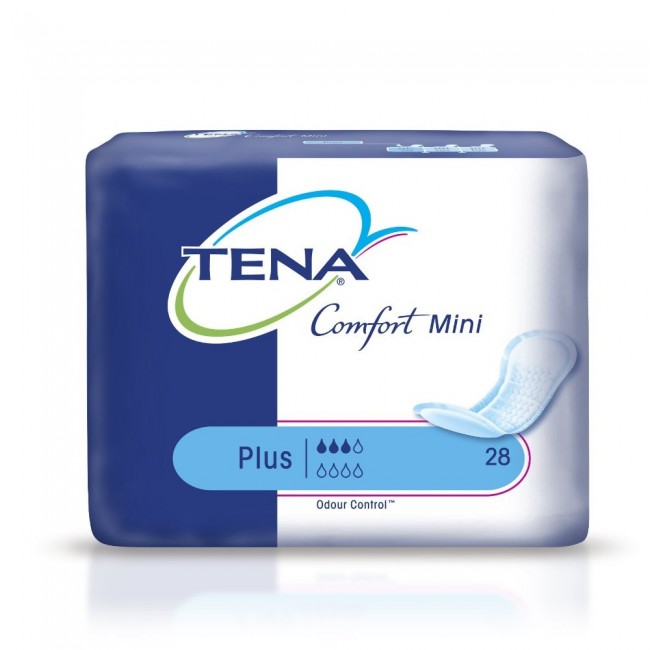
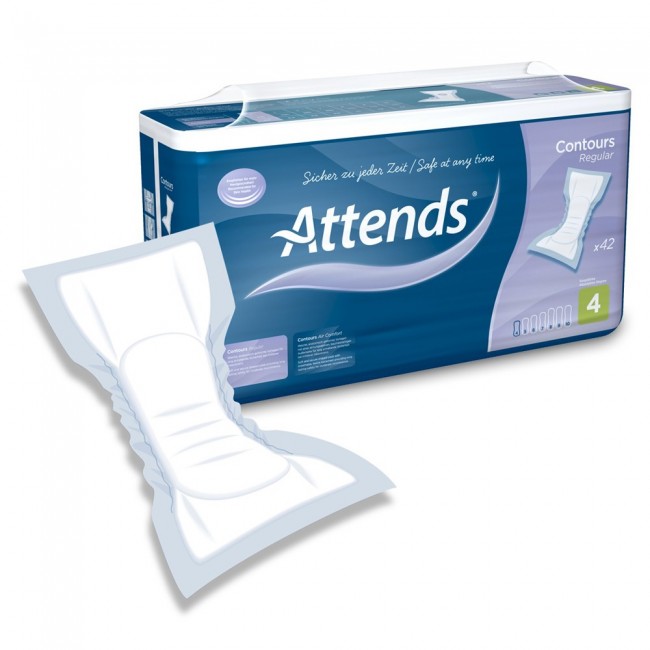
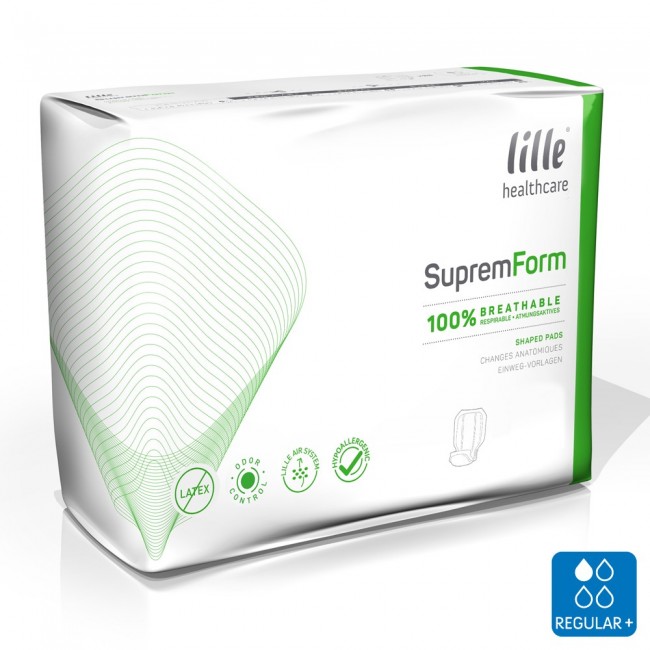
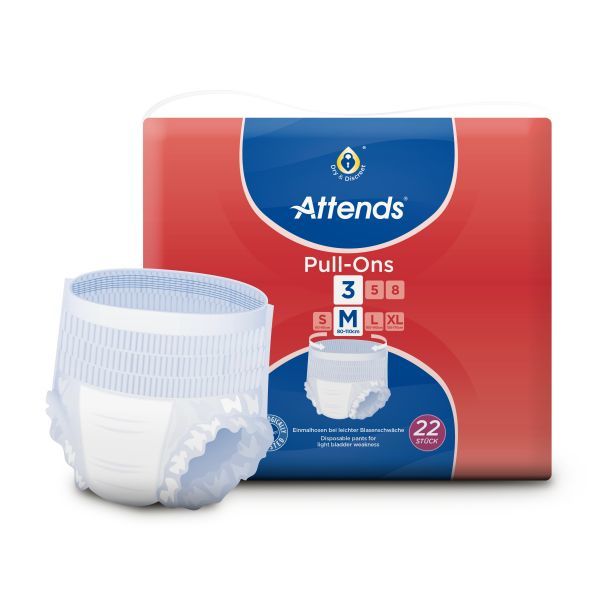







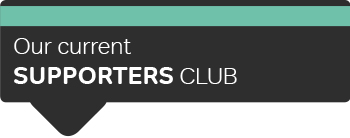
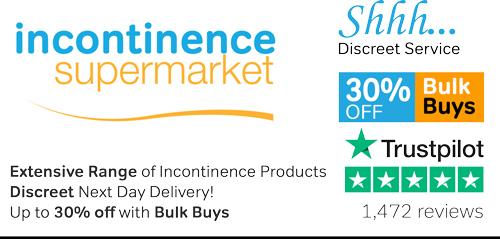
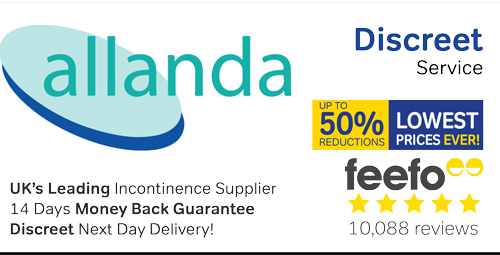
Leave a Reply